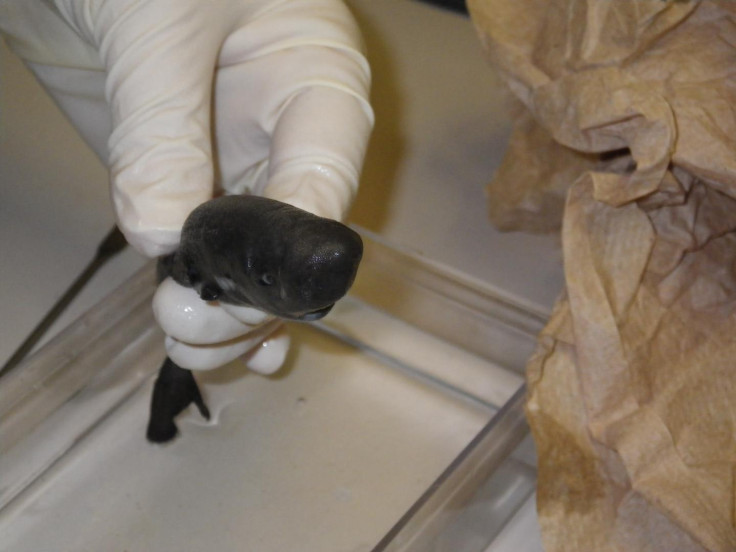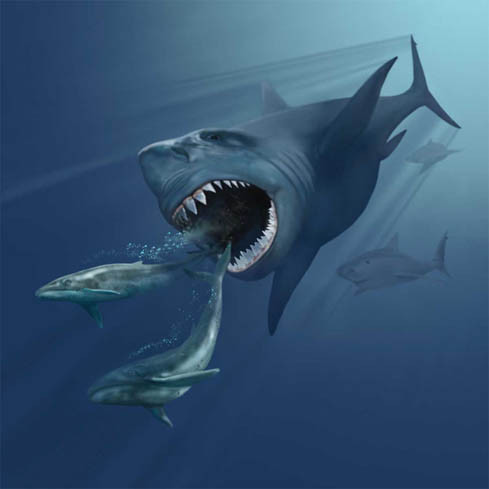10 amazing and little-known facts on Shark Awareness Day
To mark Shark Awareness Day 2016, IBTimes UK looks at some lesser-known facts about the species.
1. Sharks protect the world from climate change When culls are carried out, populations of their prey, such as sea turtles, explode. These animals then feast on seagrass, which releases huge amounts of carbon in the atmosphere, a study from last year showed. Lead researcher Peter Macreadie said: "Stronger conservation efforts and stricter fishing regulations are needed to reinstate the important role that predators play in the ocean's carbon cycle. It's about restoring balance so that we have, for example, healthy and natural numbers of both sea turtles and sharks."
2. Sharks have jelly in their snouts that has the highest proton conductivity of any biological material ever found The jelly is found in an organ known as ampullae of Lorenzini and plays an important role in how sharks are able to detect extremely weak electrical signals.
3. Great white sharks use glare from the sun to hunt more efficiently They position themselves so they are attacking from the direction of the sun, with the glare directly behind them. This could mean prey are less likely to see them coming, while also stopping them from straining their eyes.

4. Sharks are older than the dinosaurs They emerged around 420 million years ago, whereas dinosaurs first appeared about 230 million years ago. Unlike the dinosaurs, however, sharks survived the mass extinction event 66 million years ago, going on to thrive in Earth's oceans.
5. Sharks have personalities In a recent study, scientists tested them in four different scenarios and found specific sharks always reacted in the same ways. While some sharks were found to be shyer and easily stressed, others were found to be consistently bold and less stressed.

6. Great white sharks did not evolve from Carcharocles megalodon – the biggest shark to ever swim the world's seas
Instead, they are descendent from the broad-toothed mako shark. Scientists found the great white comes from an ancient intermediate form of shark called Carcharodon hubbelli – or Hubbell's white shark.

7. There is a tiny species of shark with pockets which is adorable A mollisquama parini – or pocket shark – was caught for just the second time ever in 2015, having been found in the holdings of NOAA's lab in Pascagoula. It was a baby male and measured just 5.5 inches long. Michael Doosey who examined the shark told Phys.org: "It's cute. It almost looks like a little whale."
8. Megalodon went extinct because of competition from ancestors of great whites and orcas Earlier this year, researchers found megalodon's prey began to decline about the same time that the prehistoric shark did, while new predators had begun to emerge. Scientists believe this lack of prey (and increased competition) was the eventual cause of their demise and not climate change, as had previously been believed.

9. Sharks will become smaller and less efficient hunters in the future due to climate change Warm waters cause sharks to have increased energy needs and reduced metabolic inefficiency. It also destroys their ability to hunt through smell, leading to sharks with reduced growth rates.
10. A species of shark has the longest gestation period of any animal The common frilled shark - Chlamydoselachus anguineus – is pregnant for 3.5 years before giving birth. Female sharks are also known to store sperm for a very long time. A brownbanded bamboo shark has been known to lay eggs after being isolated from males for 45 months – a record breaking period.
© Copyright IBTimes 2025. All rights reserved.





















